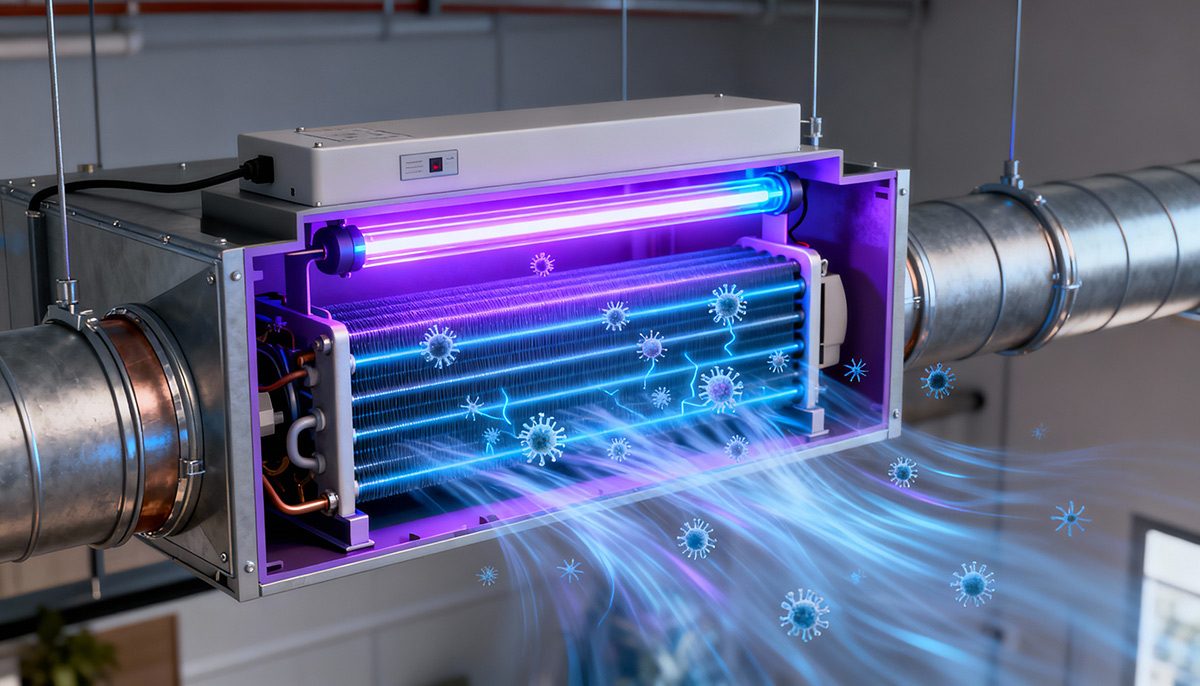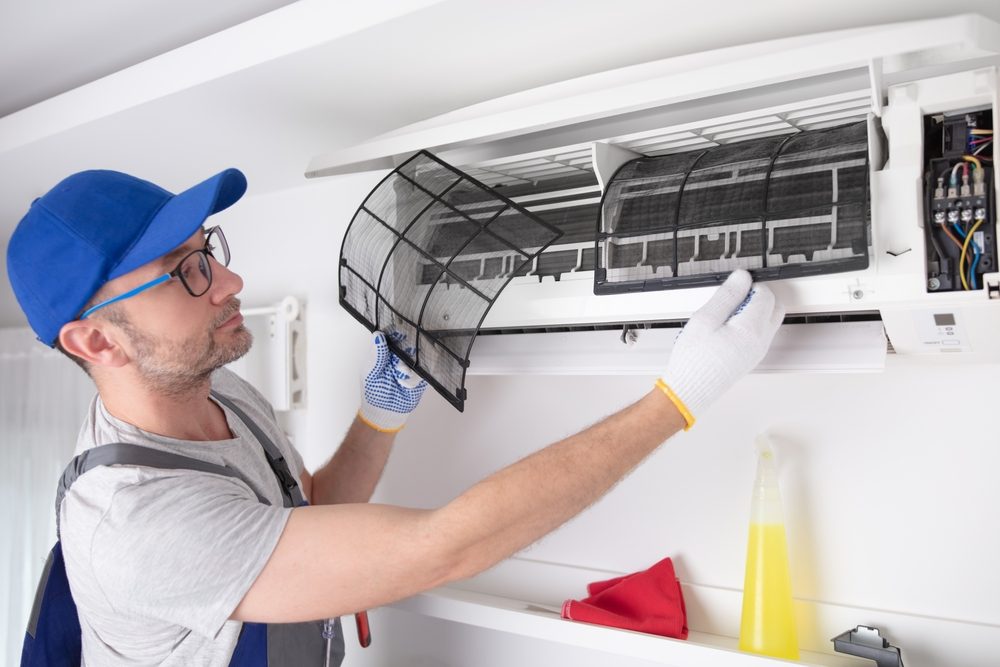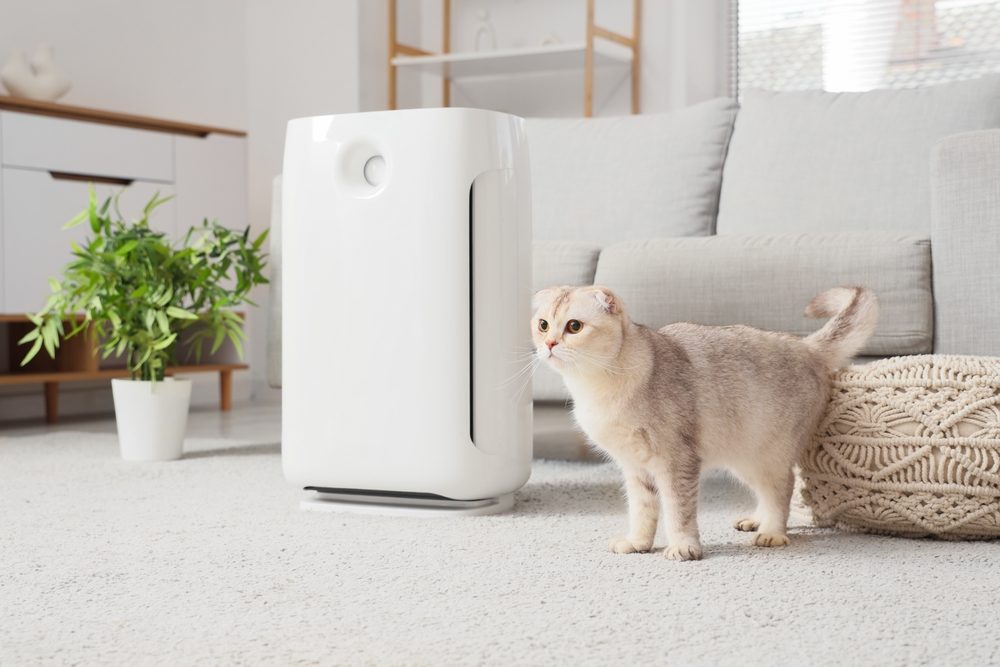
The quality of air we breathe is vital to our health and well-being, and pollution is an increasing threat to public health. This is where air quality sensors come in – dedicated devices that can sense and detect all kinds of pollutants in the air, and then give valuable information on the environmental conditions. Whether at home, in the office, or in an industrial setting, when we understand air quality we can help ensure the places where we spend our time are as healthy and good for us as possible.
So in this article, we will look at how exactly air quality sensors work, the different types of sensors that area available, and why they are so beneficial. We will also cover everything from monitoring particulate matter to tracking harmful gases. Let’s jump in and get started.
What is an air quality sensor?
Let’s start with some definitions. Put simply, an air quality sensor is a device which is designed to detect and then also measure the concentration of pollutants and environmental factors in the air. It can collect data on a wide variety of things including temperature, humidity, carbon dioxide, carbon monoxide, ozone, formaldehyde, benzene, as well as particulate matter.
How does an air quality sensor work
So how do they actually work? Essentially, air quality sensors function work by using a number of different sensors to identify and then measure the concentration of air pollutants – this includes particulate matter, gases, as well as weather conditions. When combined, it can give a clear picture of air quality.
Generally, air quality sensors are integrated into air purifiers, HVAC systems, and fresh air ventilation systems. They then track the air quality in real time and if the level of pollutants rises above a specific threshold, they can then trigger the air purifiers to start kicking in. In addition, they can also give important information on energy efficiency and how the building is operating – giving a good sense of environmental sustainability.
Types of air quality sensors
Air quality sensors come in various different forms, each of them designed to detect a particular pollutant or parameter of the environment. Let’s now look at some of the most common types:
Laser scattering sensors: These work by detecting particulate matter in the air by noting the response of a laser beam to particles suspended in the air. Essentially, when laser light is scattered or reflected by particles, the response is measured by the sensor to determine the particulate concentration. The types of particulates it might pick up include PM2.5 (very fine) and PM10 (coarser). The sensors have a wide measurement range and fast response time. Due to this and their high accuracy they can be used for both indoor and outdoor air quality monitoring, as well as industrial emission monitoring.
Electrochemical sensors: These operate by generating electrons from a chemical reaction between an electrode surface and a gas. The reaction is used to measure the concentration of a number of gases which will include carbon monoxide, nitrogen dioxide, and other toxic gases. Because of their high sensitivity, these sensors are particularly useful in safety devices, including fire detectors and gas leak detectors.
Thermal conductivity sensors: These measure gas concentrations based on the heat conduction properties of the gases. They use a thermistor (a resistance thermometer) and heating wire to detect the flow of heat and then calculate gas concentrations. The sensors are notably simple and have a response which is both quick and accurate. They are generally applied in domestic and automobile air purifiers where there is a requirement for real-time gas concentration readings.
Optical sensors: This type of sensor operates on the principle of light absorption. They measure the concentration of gases by sensing how gas molecules absorb light at certain wavelengths. They are sensitive, provide quick response, and can analyze several gas components all in parallel. They are particularly suitable for indoor and outdoor air quality monitoring as well as industrial emissions monitoring.
In addition to these mentioned above, there are also dedicated sensors that monitor individual parameters of air quality – whether that’s particulate matter which is small enough to be inhaled and harmful to health; gas sensors to monitor ozone, carbon dioxide, and carbon monoxide; as well as temperature sensors that give environmental temperature readings that can affect air quality as well as the dissemination of pollutants.
All of these come together to contribute to an integrated air quality monitoring system for better environmental health threat management.
Benefits of using an air quality sensor
Air quality sensors offer a number of advantages in terms of improving public health and pollution control. They offer real-time data and intelligence that can be used to enhance decision-making when it comes to the protection of individuals and the environment.
Let’s break down some of those benefits now:
Exposure monitoring: Air quality sensors allow individuals to monitor their personal exposure to harmful pollutants, allowing them to assess possible health risks associated with prolonged exposure to unhealthy air.
Predict health problems: By continuously monitoring air quality information, sensors can predict the likelihood of respiratory illness, allergies, and other conditions, allowing for preventive measures and early intervention.
Save lives: In times of emergencies, air quality sensors can detect dangerous chemicals or gases in the atmosphere, such as carbon monoxide or toxic fumes, and provide timely warnings that could save lives by allowing them time to act quickly or evacuate.
Identify sources of pollution: The sensors help pinpoint the exact locations and sources of air pollution, such as factories, traffic jams, or other areas of environmental hazards, allowing the authorities to act properly in order to reduce pollution.
Understand causes of pollution: According to the information we gain from air sensors, we can better understand the causes of pollution for an area and then come up with more efficient policies and measures for reducing pollution and improving air quality.
- Trend analysis: Sensors monitor long-term trends and patterns in concentrations of air pollutants, making it possible to detect shifts in levels of pollution over time, understand patters of seasonal variation, and also measure just how effective intervention has been when it comes to improving air quality.
About Daikin
Daikin has a wide range of products designed to monitor air quality across a variety of settings. As a global innovator in air conditioning and HVAC systems, Daikin offers a complete range of systems to meet the needs of residential, commercial, and industrial clients. From packaged units and split systems to ductless mini-splits and advanced VRF (VRV) technology, Daikin products are engineered for optimal performance, energy efficiency, and comfort year-round.
Daikin leads the industry in innovation and customer support and has business in 170 countries with millions of systems installed. Learn more about Daikin’s HVAC products by contacting us today.



